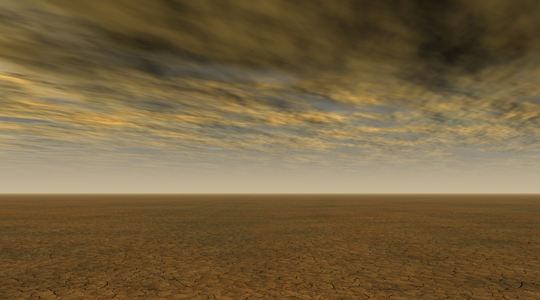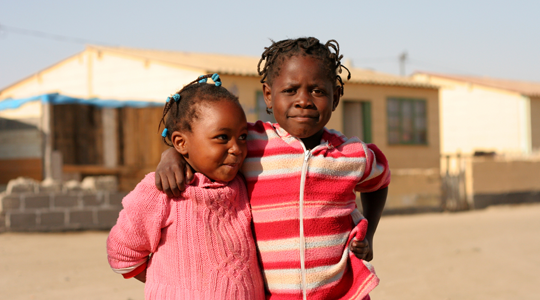Today’s Lenten activity is an opportunity for catechists to explore with children the lenten image of the desert.

We all know that the image of the desert plays a very important role in Scripture, especially the desert experience of the people of Israel (40 years of wandering) and the temptations of Jesus in the desert. The desert has long been a very important Lenten image. Unfortunately, too often only the negative aspects of the desert experience are emphasized, leaving people with an understanding of Lent as a dry, barren, punishing experience. On the other hand, for the people of Israel, the desert experience was/is recalled quite nostalgically and even romantically.
- The 40-year desert experience is thought of as a graced moment when God was leading and guiding his people
- it was a time of testing but also of strengthening
- it was a time when, deprived of comforts, people were much more aware of their dependence on God
- it was a time of experiencing God’s presence intimately: God traveled with them (as opposed to “dwelling” in a fixed temple)
- it was a time of true worship with no distractions
- the desert thus became seen as a place where one can go to meet God, to find favor with God, to experience an inward pilgrimage, to experience God’s protection
- the desert was also seen as a place where “miracles” occur – flowers suddenly bloom when the occasional rains fall
- it was the place of covenant – a “honeymoon” experience
- BTW – many Scripture scholars think this is why Peter suggests erecting three “booths” or tents at the site of Jesus’ Transfiguration: he likens this intimate experience of God’s presence to the desert experience (when the nomadic Israelites lived in tents and the Ark of the Covenant was kept in a tent) and nostalgically wants to sustain the experience
Because the desert experience was recalled so nostalgically, Hosea refers to it as a place to go to reunite with his estranged wife: “I will lead her into the desert and speak to her heart” (Hosea 2:16) – he’s planning a “second honeymoon.”
With that in mind, here’s an opportunity for catechists to help children understand these positive aspects of the desert experience:
The Desert Experience
- Begin by inviting the young people to draw pictures of the desert. Try to do so without showing them any pictures of the desert first…see what their imaginations come up with
- Invite volunteers to show their work and talk about what they know of the desert (it’s hot, dry, dangerous, wild animals, cactus, saguaro, etc.)
- Ask the children if they can recall any stories from the Bible that involve the desert (help them to recall the Israelites wandering the desert for 40 years and Jesus’ temptation in the desert)
- Explain that, even though the desert was a dangerous place, it was also considered a very special place where people could encounter God (discuss some of the points addressed above)
- Tell the young people that we use the image of the desert to help us understand our lenten experience: a time when we are on a journey, protected by God, experiencing God’s presence in a special way, recognizing our dependence on God, and so on.
- Invite the young people to take their pictures of the desert that they drew earlier and to spread glue (use cotton swabs) over the area that represents the sand.
- Next, have them come forward one by one to a “sand box” that you’ve created (a large aluminum broiler pan or sheet cake pan filled with sand) and have them sprinkle sand over the area where they’ve applied the glue (while holding the paper over the tray).
- Allow the sand/glue to dry and have the young people take them home or display them in the room or in the building (in communication with your DRE).
- Finally, invite the children to close their eyes and to place themselves in the picture they have drawn – a desert location. Invite them to imagine that it is very bright and that they are surrounded by miles of smooth, clear sand. Have them imagine that they come upon a place of shade and that they sit quietly in a cool breeze. Invite them to use this quiet time to talk to God. Encourage them to do this on their own at home or wherever they can find some quiet time and space to be alone with God.
- For a more complex sand art activity, see http://www.lessonplanspage.com/ArtMakeColoredSandAndSandPicturesGoodIdea14.htm
- Also, nice article on Lent and the desert from Bishop Serratelli of Paterson, N.J.







Be the first to comment